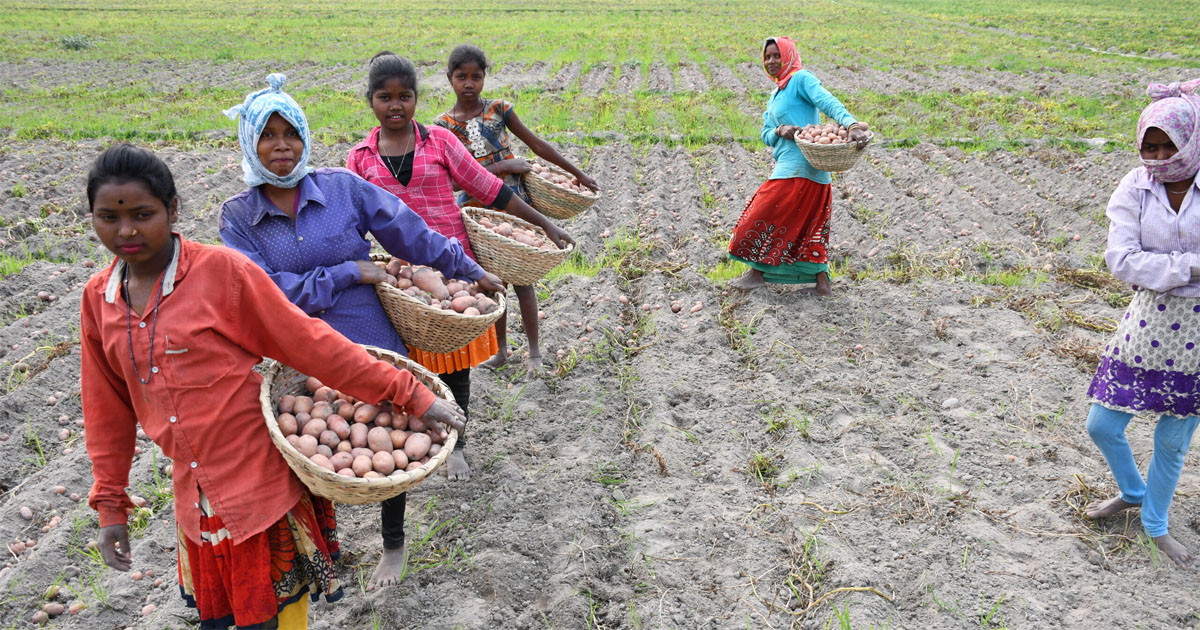Improved fallows with leguminous trees have been developed in Southern Africa as a viable alternative to inorganic fertilizers but the changes in soil properties that are responsible for crop productivity improvement and implications of mixing litter and fresh leaves from the same tree species on soil fertility are not fully understood. Our objectives were to quantify (1) some changes in soil properties that are responsible for crop production improvement under improved fallow systems; (2) the N mineralization patterns of mixtures of litter and fresh leaves from the same tree species. The treatments used in the study were 2-year planted Sesbania sesban (sesbania) and Cajanus cajan (cajanus) and controls of natural fallow continuous fertilized and unfertilized maize. At fallow clearing sesbania contributed 56 kg N ha−1 through litter and fresh leaves. Sesbania (fresh leaves + litter) showed high N mineralization after 10 weeks compared to the mixture of cajanus fresh leaves with litter. Maize yields were significantly correlated with preseason NO3−-N and total inorganic-N content of the top 20-cm soil layer. Soil penetrometer resistance at 4 weeks after planting was lowest in the sesbania land-use system (2.2 Mpa) whereas the highest percentage of water-stable aggregates at fallow clearing and crop harvest was in sesbania (83%) and cajanus (77%) respectively. The improved soil conditions and N contribution of sesbania and cajanus fallows to the subsequent maize crop was evidenced by increased maize yields of between 170–200% over maize without fertilizer.
DOI:
http://dx.doi.org/10.1007/s00374-004-0740-8
Altmetric score:
Dimensions Citation Count:























